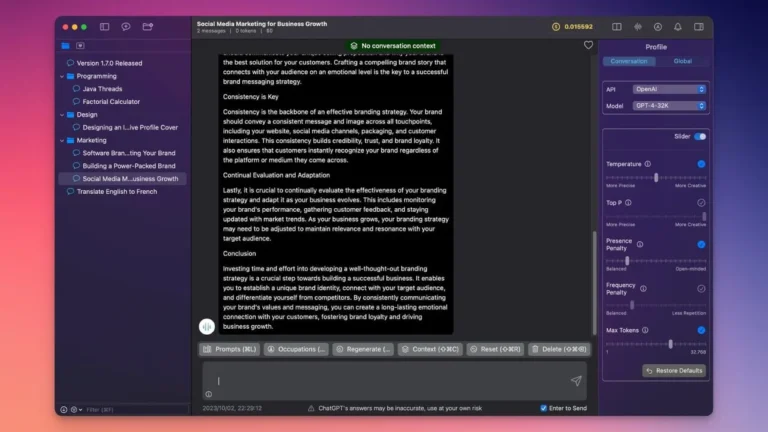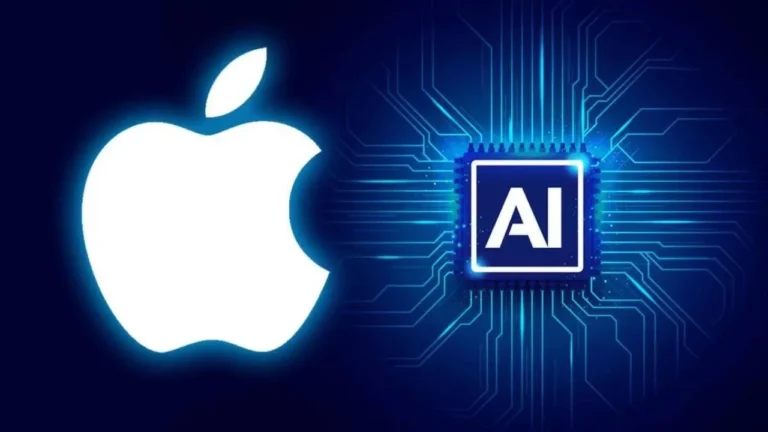NetApp’s Visionary Approach to Data and AI: Revolutionizing Enterprise Solutions

In an era where artificial intelligence (AI) is rapidly transforming the business landscape, companies face significant data management challenges. At the recent NetApp Insight customer event, NetApp unveiled its revolutionary vision aimed at tackling these challenges head-on. The company’s strategy intertwines its established ONTAP-based products with a pioneering disaggregated architecture, along with advanced data manipulation and management capabilities that promise to meet the rising demands of enterprise AI.
Embracing a “Data First” AI Philosophy
AI workloads hinge critically on the efficient handling and movement of data. Traditional data management solutions often deliver the raw performance necessary for AI applications, yet they frequently struggle with scalability. This is where NetApp’s innovative disaggregated architecture comes into play, enabling enterprises to scale their operations seamlessly while enhancing data flow.
In addition to raw performance, managing the AI lifecycle necessitates seamless data movement between various external tools, including vector databases. The typical workflow—shuttling data between storage and these external tools—can introduce unwanted latency and complexity, slowing down AI processes.
NetApp’s forward-thinking vision tackles both of these hurdles. The company aims to provide a sophisticated data infrastructure centered around a unified AI data management engine. This engine not only stores AI-related data but also enhances the process by incorporating advanced data manipulation capabilities that optimize the use of AI within enterprises.
Enhancing AI Workflows with Integrated Capabilities
One of the standout features of NetApp’s new AI engine is its ability to significantly enhance the efficiency of AI workflows. While it’s necessary for data to flow between storage and external tools, NetApp proposes moving many common AI data manipulations directly into its platform. This shift changes the dynamics of what its data platform can deliver, elevating the efficiency of enterprise AI workflows to new heights.
Key Elements of NetApp’s Vision:
Disaggregated Storage Architecture: NetApp is pioneering a storage architecture that separates compute from storage, allowing these resources to scale independently. This approach is designed to optimize aggregate throughput, reduce costs, and provide the flexibility that AI workloads demand.
Seamless Data Integration: With its AI data management engine, NetApp aims to provide a holistic view of all data assets, facilitating seamless integration across both on-premises and cloud environments. This unified strategy is set to simplify AI workflows and mitigate the complexities involved in managing data across hybrid environments.
Vector Embedding and Databases: The AI data management engine will create vector embeddings, which will be stored in an integrated vector database. This feature streamlines data searches and supports Retrieval-Augmented Generation (RAG) workloads.
AI Ecosystem Integration: NetApp is committed to integrating its upcoming AI data services with the broader AI tool ecosystem. This will ensure a smooth AI workflow that spans from data labeling and model training to deployment and monitoring.
Responsible AI Practices: The company emphasizes ethical AI usage by incorporating features for model data traceability and governance. This ensures that organizations can adopt AI solutions that are not only effective but also transparent and responsible.
As AI technology permeates enterprises, the ability to manage and harness large volumes of data will become a key differentiator. Storage and data solution providers who can seamlessly integrate data delivery into AI workflows will undoubtedly stand out in the marketplace.
Leveraging Strengths for an Integrated AI Workflow
NetApp’s fresh approach simplifies the entire AI workflow by amalgamating AI tools with its data services—from data ingestion and labeling through model training and deployment. Coupled with the company’s commitment to responsible AI practices, which ensure transparency and ethical standards, these innovations are vital for businesses developing robust AI models that comply with regulatory mandates.
By aligning these new capabilities with NetApp’s existing range of cloud and on-premises storage solutions, all built on the robust ONTAP operating system, the company presents a compelling value proposition for enterprise customers looking for comprehensive data management solutions.
Navigating a Competitive Landscape
NetApp’s strategy mirrors that of industry competitors such as VAST Data and WEKA, both of which are pursuing similar pathways in the realm of AI. However, NetApp is pushing the envelope by transcending traditional storage limitations with innovative features like its AI Engine.
VAST Data was among the first to integrate data manipulation capabilities directly into its platform, recognizing the efficiency gains this could bring to the AI pipeline. Their vision extends beyond what NetApp currently offers, with a comprehensive set of data manipulation and database technologies that cater to a wide array of AI and data science challenges.
Similarly, WEKA is advancing the disaggregated AI data platform concept. Its innovative software architecture incorporates a resilient parallel file system, allowing for the necessary performance and scalability to support enterprise AI training and inference workloads across diverse environments—edge, core, and cloud.
While WEKA has yet to announce integrated data manipulation capabilities akin to those of VAST and NetApp, it is likely that they are working diligently to develop such features.
In contrast, traditional competitors like Pure Storage, Lenovo, HPE, and Dell Technologies are yet to adopt this groundbreaking approach. They primarily focus on scalable performance while leaving data manipulation tasks to third-party tools. This strategy, while potentially less efficient, provides customers with the flexibility to choose tools independent of the underlying storage.
Analyst Insights: The Road Ahead for NetApp
Historically, NetApp has been recognized as one of the more conservative players in the tech space, often refraining from announcing new products or services until they are fully developed. This cautious strategy, coupled with its longstanding presence in enterprise data centers, lends the company a level of credibility that may not be shared by newer competitors.
As companies like VAST seek partnerships, they may encounter delays as potential customers adopt a wait-and-see approach to NetApp’s execution of its vision. Meanwhile, other competitors may need to justify their more traditional strategies in light of NetApp’s forward-thinking approach.
However, announcing new capabilities ahead of their actual release can present risks for NetApp. It places pressure on the company to deliver on its promises quickly. The longer they take, the more opportunities there are for traditional storage competitors to introduce their solutions. Conversely, cutting-edge companies like VAST and WEKA stand to benefit from NetApp’s endorsement of the disaggregated model they’ve long championed.
A Natural Evolution Towards Intelligent Data Infrastructure
Despite its transformative implications, NetApp’s vision is not as radical as it might initially appear. The company has been gradually building toward this evolution for years, enhancing integration between its products and establishing a data fabric that seamlessly connects on-premises and cloud storage solutions. By leveraging these core technologies within a new disaggregated architecture, NetApp’s shift towards an Intelligent Data Infrastructure represents a compelling and logical progression for the organization.







